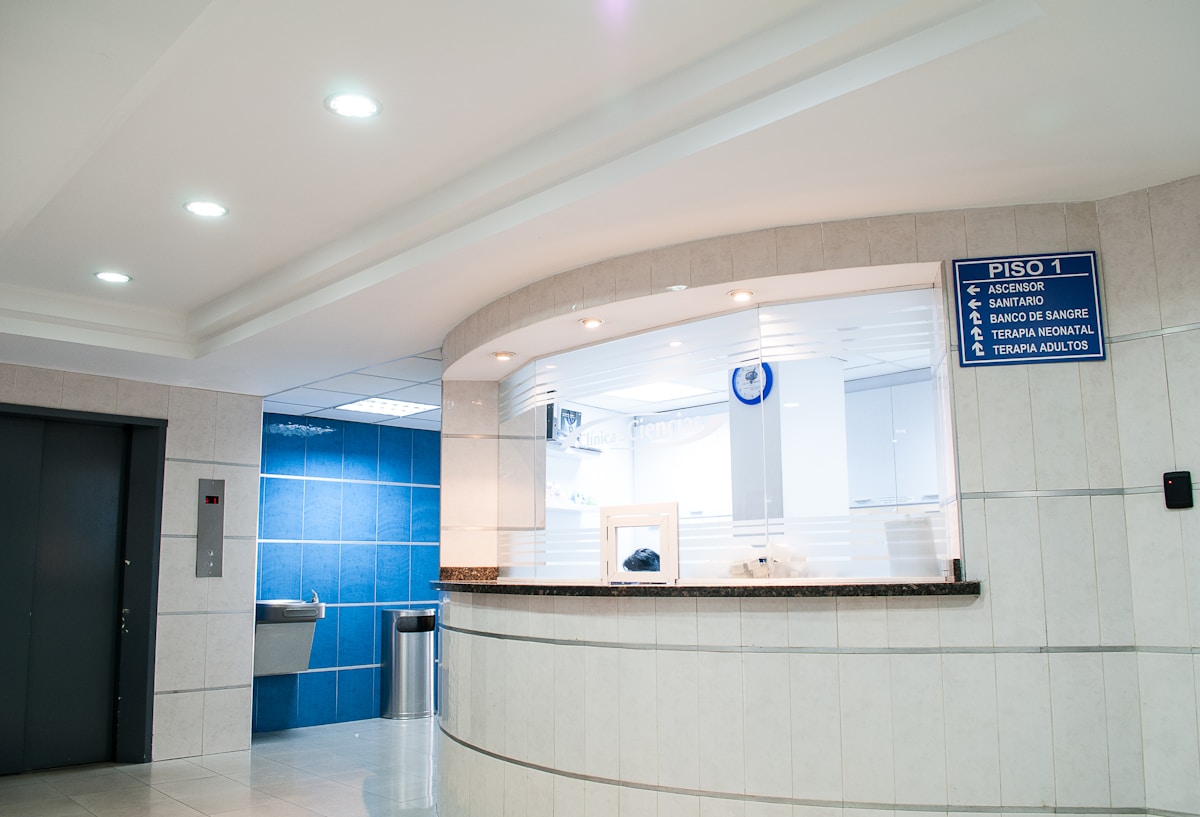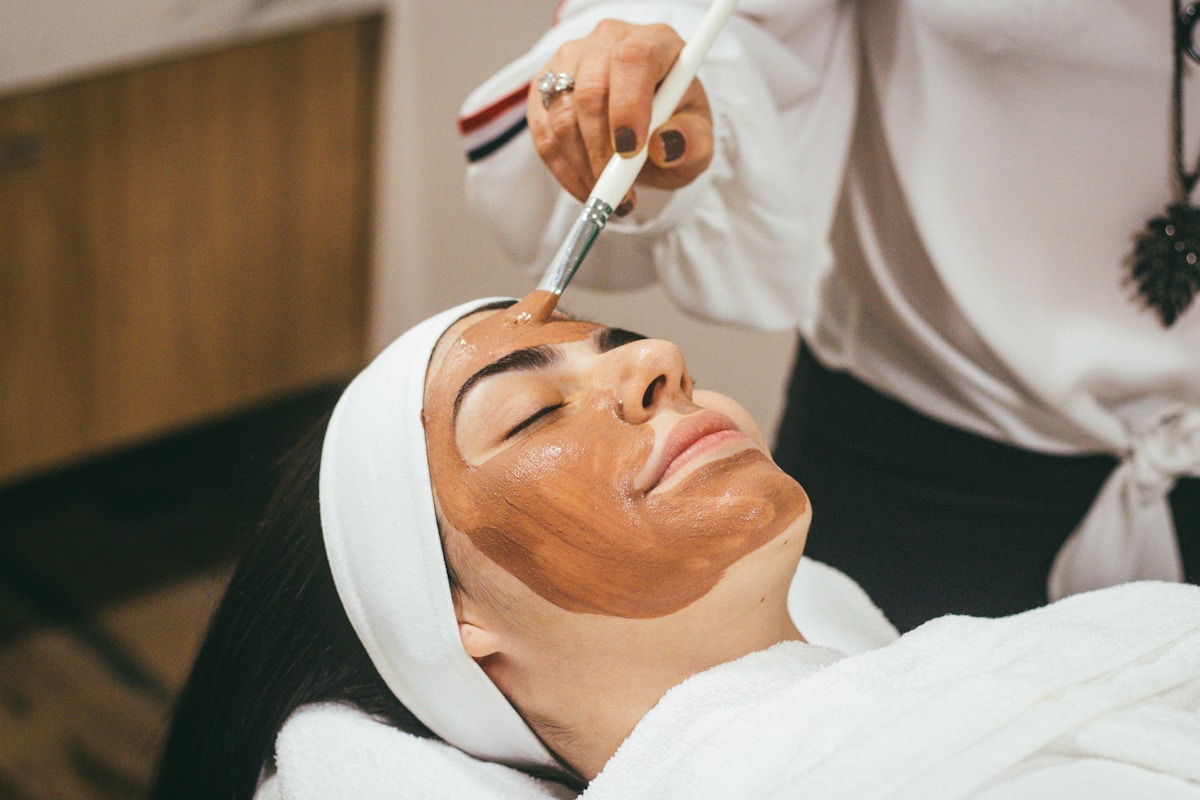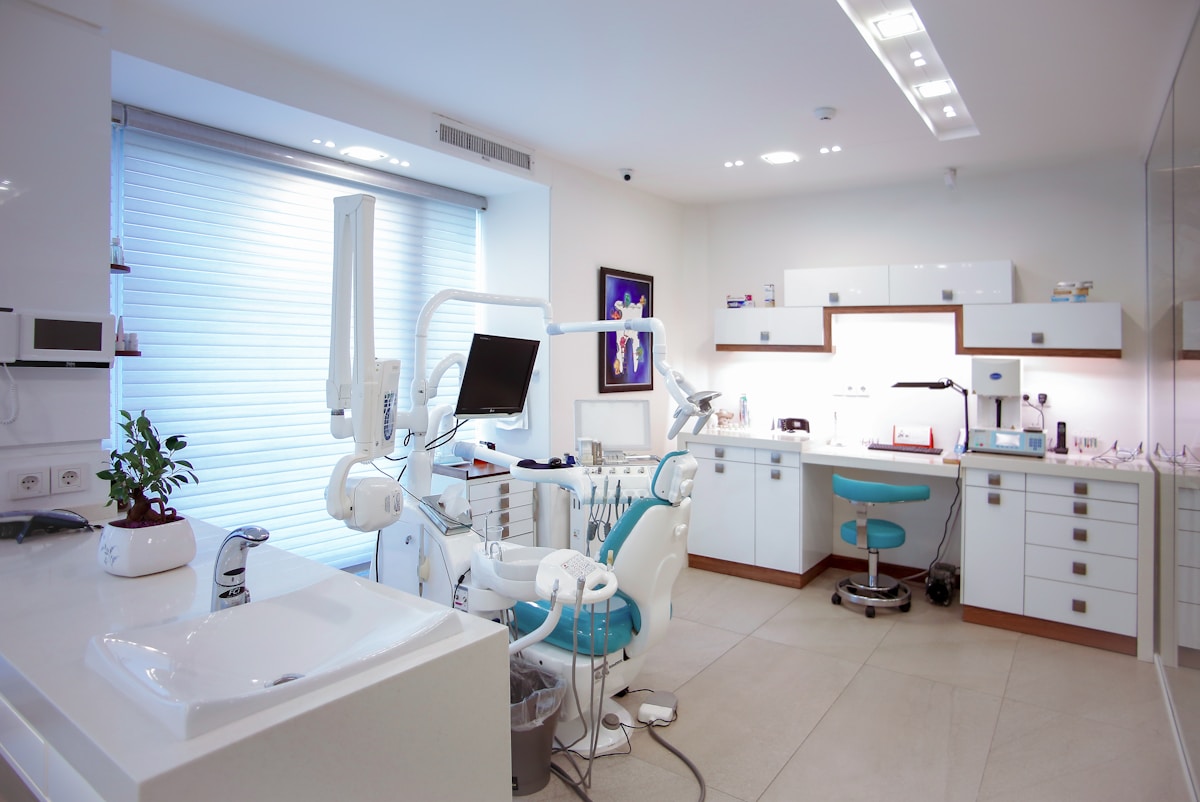Picotoning in Korea: Complete Guide to Prices, Results & Best Clinics 2025
If you're dealing with stubborn pigmentation, melasma, or uneven skin tone, picotoning has become one of Korea's most sought-after laser treatments. This advanced technology offers superior results compared to traditional laser toning, with minimal downtime and impressive effectiveness for treating various skin concerns.
What is Picotoning?
Picotoning is an advanced laser treatment that uses ultra-short pulses measured in picoseconds (one trillionth of a second) to target and break down pigmentation in the skin. Unlike traditional laser toning that operates in nanoseconds, picotoning's incredibly fast pulse duration allows for more precise treatment with significantly less damage to surrounding tissue.
The technology works by delivering rapid laser energy that shatters melanin pigment into tiny particles, which are then naturally eliminated by the body's lymphatic system. This process not only treats pigmentation but also stimulates collagen production in the deeper layers of skin, resulting in improved overall skin texture.
Picotoning vs. Regular Laser Toning: Key Differences
Understanding the difference between picotoning and traditional laser toning is crucial for making an informed decision:
Speed and Precision
- Picotoning: Operates at picosecond speed (1 trillionth of a second) - 1,000 times faster than regular toning
- Regular Laser Toning: Uses nanosecond technology (1 billionth of a second)
Wavelength Technology
- Picosure Toning: Utilizes 755nm wavelength, which is highly selective for melanin destruction
- Regular Toning: Typically uses 1064nm wavelength for broader skin tone improvement
Tissue Damage
- Picotoning: Minimal damage to surrounding healthy tissue due to ultra-short pulse duration
- Regular Toning: More heat dispersion, potentially affecting adjacent tissues
Treatment Precision
The rapid pulse of picotoning allows for selective targeting of problem areas while preserving healthy skin, making it ideal for treating delicate areas and stubborn pigmentation that doesn't respond well to conventional treatments.
What Can Picotoning Treat?
Picotoning is exceptionally versatile and effective for treating various skin concerns:
Pigmentation Issues
- Melasma: Hormonal dark patches, especially on cheeks and forehead
- Age spots and sunspots: Brown spots caused by sun damage
- Freckles: Both hereditary and sun-induced freckles
- Post-inflammatory hyperpigmentation: Dark marks left by acne or injuries
- Nevus of Ota: Bluish-gray pigmentation around the eye area
Skin Quality Improvements
- Uneven skin tone: Overall brightening and tone correction
- Large pores: Reduction in pore size through collagen stimulation
- Rough skin texture: Smoother, more refined skin surface
- Dull complexion: Enhanced radiance and glow
Picotoning Prices in Korea (2025)
Korean clinics offer competitive pricing for picotoning treatments, making them significantly more affordable than Western countries:
Per Session Pricing
- Average price: ₩104,687 (approximately $80 USD)
- Budget range: ₩60,740 - ₩80,000 ($45-$60 USD)
- Mid-range: ₩90,000 - ₩120,000 ($70-$90 USD)
- Premium clinics: ₩150,000 - ₩183,298 ($115-$140 USD)
Package Deals
- 10-session package: ₩770,000 - ₩1,000,000 ($590-$770 USD)
- 5-session package: ₩400,000 - ₩550,000 ($310-$420 USD)
Prices as of November 2025. Actual costs may vary by clinic location, treatment area size, and specific technologies used. Exchange rate: ₩1,300 ≈ $1 USD (subject to change). Contact clinics directly for current pricing and consultation.
Price Factors
Several factors influence the final cost of your picotoning treatment:
- Clinic location: Gangnam and Apgujeong tend to be pricier than other districts
- Treatment area: Full face costs more than spot treatments
- Laser brand: Picosure, Picocare, and Picopoint have different price points
- Doctor's experience: Renowned specialists may charge premium rates
- Additional services: Combined treatments or special serums increase cost
Treatment Process and What to Expect
Before Treatment
- Consultation: Skin analysis and treatment plan discussion (usually free)
- Preparation: Remove makeup and cleanse face thoroughly
- Numbing cream: Applied 20-30 minutes before treatment (optional, minimal discomfort)
During Treatment (15-30 minutes)
- Eye protection: Special goggles provided to protect eyes from laser light
- Laser application: Doctor systematically treats entire face or targeted areas
- Sensation: Mild tingling or light snapping feeling, generally well-tolerated
- Cooling: Many clinics apply soothing treatments during or after
Immediately After
- Mild redness: Slight pinkness that typically fades within 1-3 hours
- No visible peeling: Unlike some aggressive treatments
- Minimal downtime: Can resume normal activities immediately
- Makeup: Usually can apply makeup after a few hours
Results Timeline and Effectiveness
Based on patient data from Korean clinics:
When to Expect Results
- Immediate effects: 46% of patients notice brightening right after treatment
- One week post-treatment: 44% see noticeable improvement
- Within one month: 9% experience delayed but positive results
- Optimal results: After completing 2-3 sessions minimum
Number of Sessions Needed
- Mild pigmentation: 3-5 sessions
- Moderate issues: 5-8 sessions
- Stubborn melasma: 8-10+ sessions
- Maintenance: Every 2-3 months after achieving desired results
Long-term Benefits
Beyond pigmentation removal, picotoning promotes:
- Collagen regeneration: Continued improvement for 2-3 months post-treatment
- Improved skin texture: Smoother, more refined appearance
- Pore minimization: Gradual reduction in pore size
- Enhanced radiance: Overall brighter, more youthful complexion
Recommended Treatment Frequency
Optimal treatment intervals depend on your skin condition and goals:
- Standard protocol: Every 2-4 weeks
- Aggressive treatment: Every 2 weeks (for stubborn pigmentation)
- Maintenance: Every 4-6 weeks (after completing initial series)
- Seasonal adjustment: More frequent during winter, less during summer
Important: Never schedule sessions too close together. Your skin needs time to heal and regenerate between treatments. Always follow your dermatologist's recommended schedule.
Potential Side Effects and Risks
While picotoning is considered safe with minimal side effects, be aware of:
Common (Temporary)
- Redness: Lasts 1-3 hours, occasionally up to 24 hours
- Mild swelling: Minimal, usually resolves within hours
- Dryness: Skin may feel slightly dry for 1-2 days
- Sensitivity: Temporary increased sensitivity to sun and products
Rare (Requires Medical Attention)
- Hyperpigmentation: Paradoxical darkening (post-inflammatory hyperpigmentation)
- Hypopigmentation: Lightening of treated areas
- Prolonged redness: Lasting more than 48 hours
- Blistering: Extremely rare with proper settings
How to Minimize Risks
- Choose experienced, licensed dermatologists
- Follow all pre- and post-care instructions
- Disclose all medications and skin conditions
- Avoid sun exposure before and after treatment
- Use recommended sunscreen religiously
Post-Treatment Care
Maximize your results with proper aftercare:
First 24 Hours
- ✅ Avoid hot showers and saunas
- ✅ Skip intense exercise
- ✅ Use gentle, fragrance-free cleansers
- ✅ Apply recommended soothing creams
- ✅ Stay hydrated
First Week
- ✅ Wear SPF 50+ sunscreen daily (reapply every 2 hours)
- ✅ Avoid direct sun exposure when possible
- ✅ Use hydrating, gentle skincare products
- ✅ Avoid exfoliating products (acids, scrubs, retinoids)
- ✅ Keep skin moisturized
Ongoing Maintenance
- ✅ Continue strict sun protection
- ✅ Maintain healthy skincare routine
- ✅ Stay hydrated and eat antioxidant-rich foods
- ✅ Schedule follow-up treatments as recommended
- ✅ Avoid smoking and excessive alcohol
Best Clinics for Picotoning in Seoul
While we don't endorse specific clinics, look for these qualities when choosing where to get picotoning:
What to Look For
- Certified dermatologists: Board-certified specialists, not just aestheticians
- Modern equipment: Authentic picosecond laser machines (Picosure, Picocare, etc.)
- English support: Staff who can communicate treatment details clearly
- Transparent pricing: Clear price lists without hidden fees
- Clean facilities: Proper hygiene and safety standards
- Good reviews: Positive feedback from international patients
Popular Areas
- Gangnam: Highest concentration of premium clinics, English-friendly
- Apgujeong: Upscale neighborhood with experienced practitioners
- Myeongdong: Tourist-friendly area with competitive pricing
- Hongdae: Trendy area with modern clinics catering to younger patients
Who Should Consider Picotoning?
Ideal Candidates
- ✅ People with stubborn pigmentation that hasn't responded to other treatments
- ✅ Those seeking minimal downtime laser treatments
- ✅ Individuals with melasma, freckles, or age spots
- ✅ Anyone wanting overall skin brightening and texture improvement
- ✅ Patients looking for preventative anti-aging treatments
Who Should Avoid
- ❌ Pregnant or breastfeeding women
- ❌ Those with active skin infections or severe acne
- ❌ People with keloid scarring tendency
- ❌ Individuals on photosensitizing medications
- ❌ Those with very recent sun exposure or tans
FAQ About Picotoning in Korea
Q: Is picotoning painful? A: Most patients describe it as mildly uncomfortable, like light rubber band snaps. Pain is minimal and well-tolerated without numbing cream for most people.
Q: How long does each session take? A: Typically 15-30 minutes depending on the treatment area. Including preparation and post-treatment care, budget about 45-60 minutes total.
Q: Can I wear makeup after treatment? A: Generally yes, after a few hours once initial redness subsides. However, using mineral-based or gentle makeup is recommended.
Q: How is picotoning different from IPL? A: Picotoning is a true laser treatment with specific wavelengths, while IPL uses broad-spectrum light. Picotoning is more precise and effective for pigmentation.
Q: Will my pigmentation come back? A: With proper sun protection and maintenance treatments, results can last years. However, new pigmentation can develop from sun exposure or hormonal changes.
Q: Is it safe for all skin types? A: Picotoning is generally safe for all skin types, including darker skin tones, when performed correctly. However, consultation is essential to assess individual risk.
Combining Picotoning with Other Treatments
Many Korean dermatologists recommend combining picotoning with complementary treatments for enhanced results:
Effective Combinations
- Laser Toning + Picotoning: Alternating sessions provides synergistic effects
- Picotoning + Skin Boosters (Rejuran, Chanel): Improves hydration and healing
- Picotoning + Vitamin C Treatments: Enhances brightening effects
- Picotoning + Chemical Peels: Address different skin layers (spaced appropriately)
Note: Always consult your dermatologist before combining treatments. Proper spacing and sequencing are crucial to avoid over-treating the skin.
Conclusion
Picotoning has revolutionized pigmentation treatment in Korea, offering a powerful yet gentle solution for various skin concerns. With competitive pricing, minimal downtime, and impressive results, it's no wonder international visitors are flocking to Seoul to experience this advanced treatment.
The technology's ability to target pigmentation precisely while stimulating collagen production makes it an excellent choice for those seeking both corrective and preventative skincare benefits. Whether you're dealing with stubborn melasma or simply want to achieve that coveted Korean "glass skin" glow, picotoning deserves serious consideration.
Ready to transform your skin? Research reputable clinics in Seoul, schedule a consultation, and take the first step toward clearer, brighter, more radiant skin. Remember to prioritize clinics with experienced dermatologists, modern equipment, and positive international patient reviews.
⚠️ Medical Disclaimer: This article provides general information about picotoning laser treatment. It is not intended as medical advice and should not replace consultation with a qualified healthcare professional. Always consult with a licensed dermatologist before undergoing any medical or cosmetic procedure. Individual results may vary, and treatments carry potential risks and side effects that should be discussed with your doctor.
Last Updated: November 9, 2025 Reading Time: 8 minutes



